Ok, Ok, i know this is not one of those forums were people get flamed for asking a dumb question, and the atmosphere around here is all very friendly and educational. And thank god for that. So forgive my thread title. I was trying to get attention.
I dont know who really knows who around here so we may all be strangers, i know JL and Snarf hang out, and gbaumann and JL live near one another and all the jeeps have different gear and gearing.
Here is what Im getting to.... Black Betty, Vs. Cherry Bomb (did that name stick? I liked it) gbaumann's hemi. Maybe the turbo makes an appearance.
Not so much a pissing contest, but the actual facts of what we think would happen if we raced them..... And maybe provoke these two guys to find a stretch of pavement to answer all the questions.






 Reply With Quote
Reply With Quote
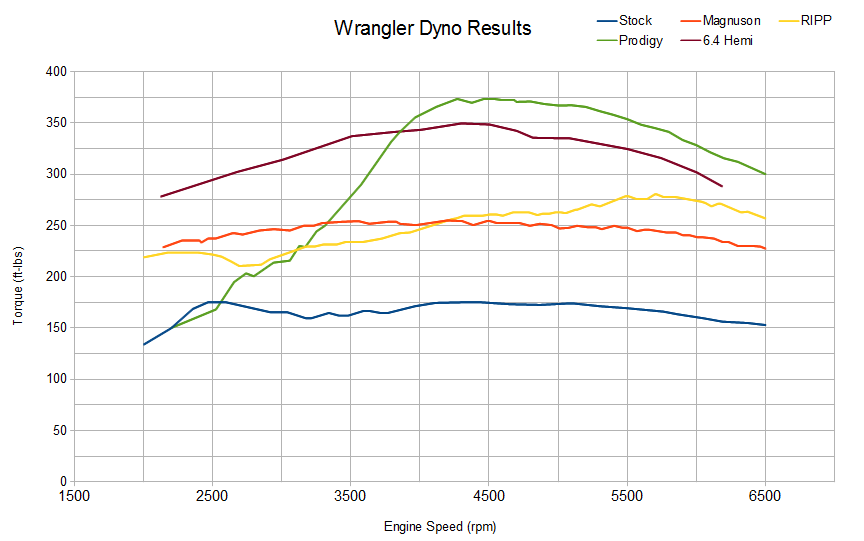
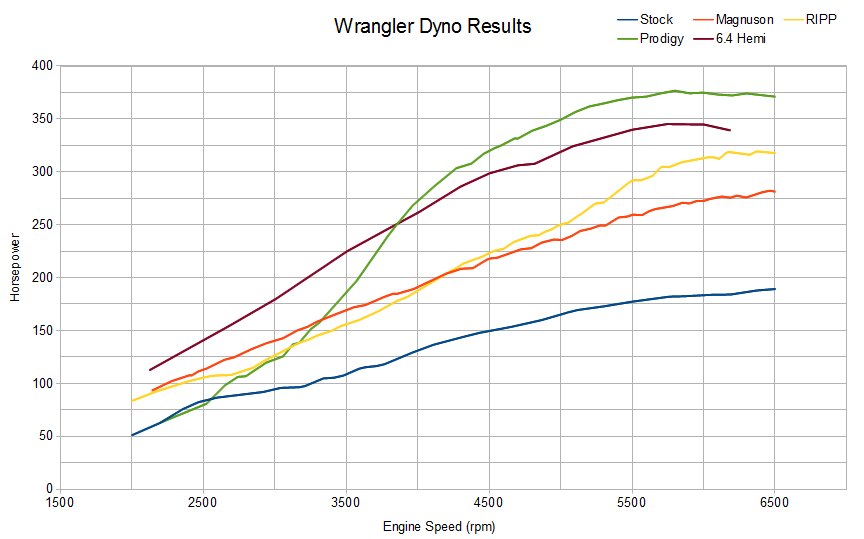



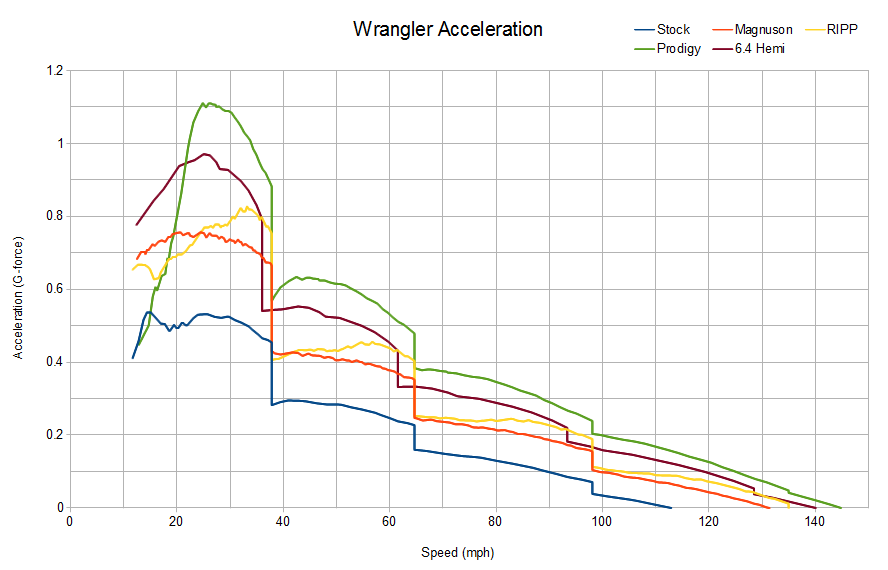
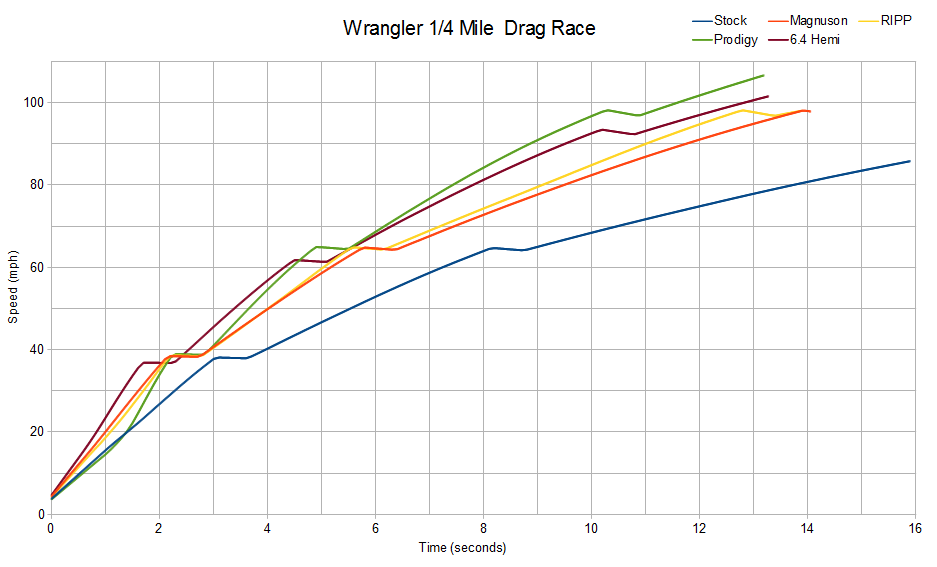
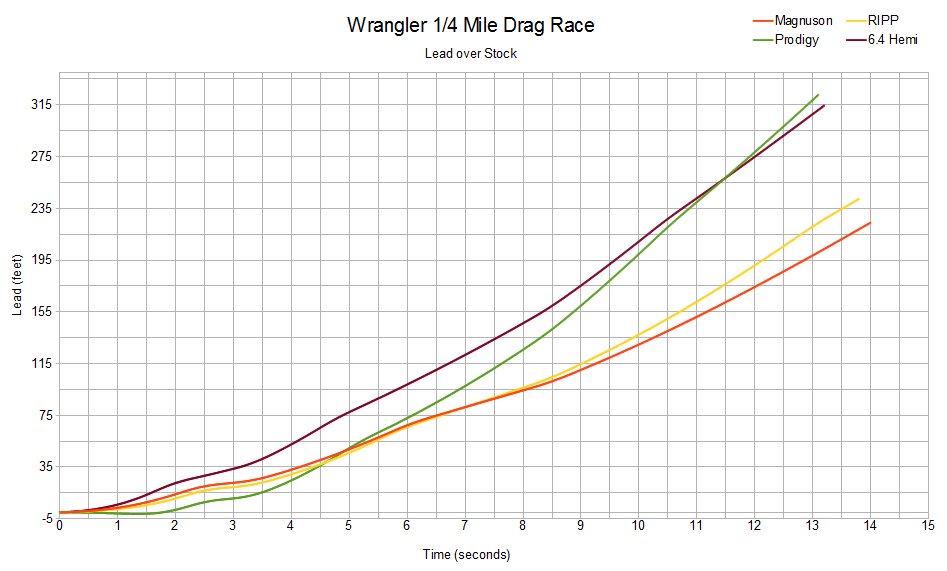


Connect With Us